The parking area at Snake Road was full of herpers' cars.
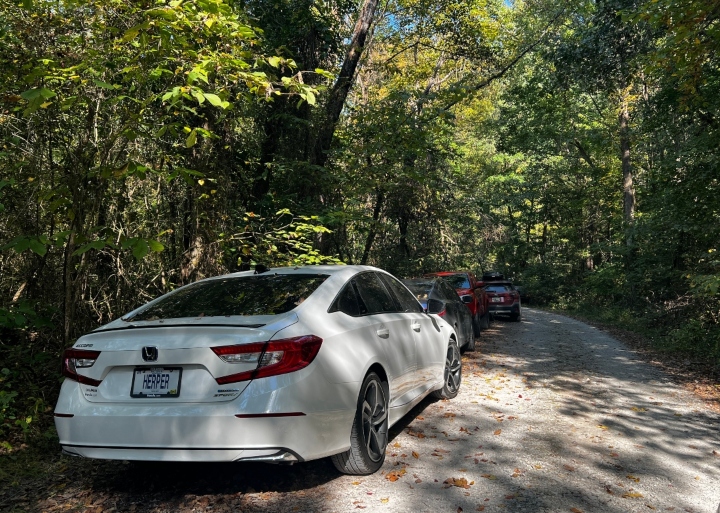
A Cottonmouth tucked away in the limestone bluff that borders one side of Snake Road.
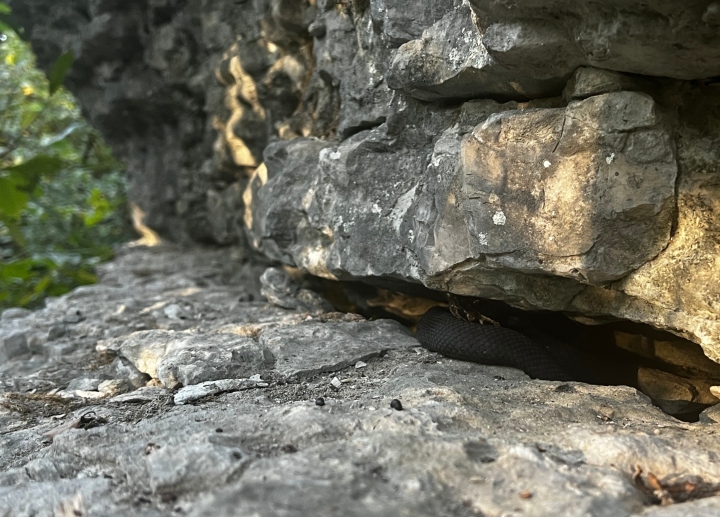
Cave Salamander - although it usually occurs in caves, this species also can live in wooded areas, along rocky streams and springs, under rocks on glades during the spring and even in wells and swamps.
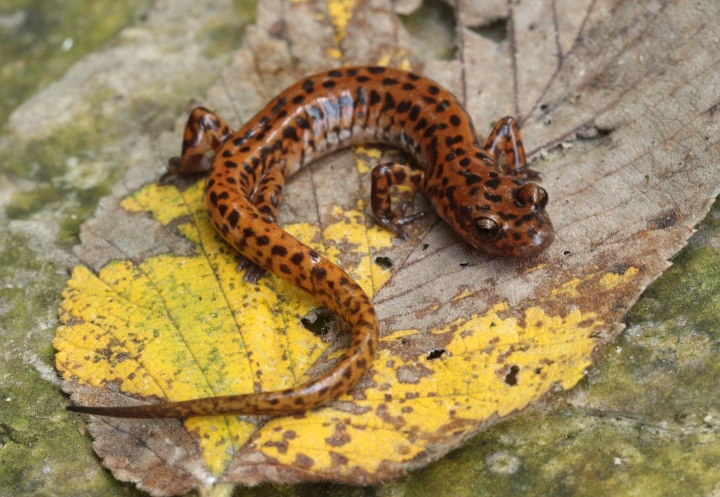
A Plainbelly Water Snake resting alongside Snake Road.
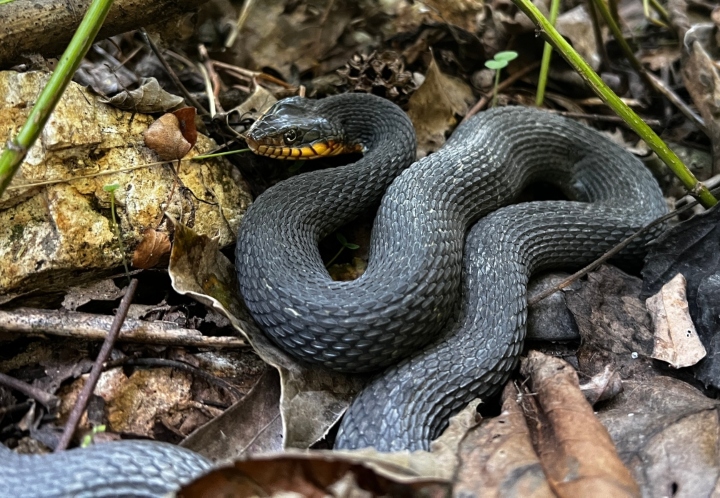
A saw a few Green Frogs on the trip - here's one of them.
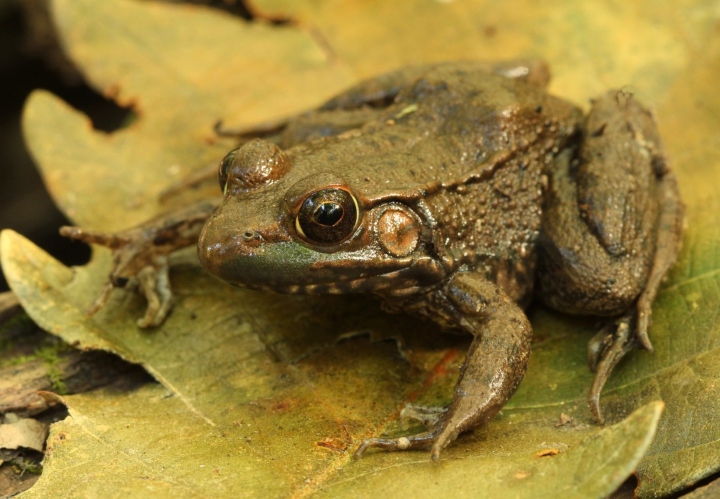
A Rough Green Snake crossing Snake Road. This is a mild-mannered snake that is often seen near water. It is frequently found climbing in low vegetation, where it blends in quite well – it is often overlooked because how well it can match its surroundings.
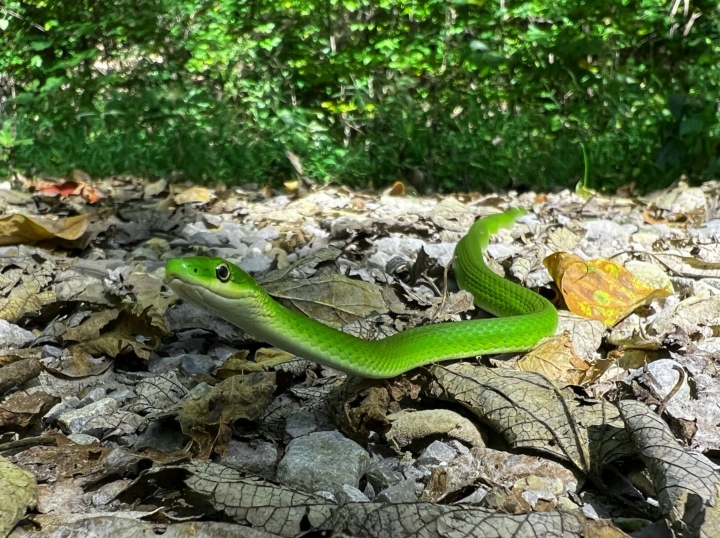
A juvenile Cottonmouth hanging out in the bluffs at Snake Road.
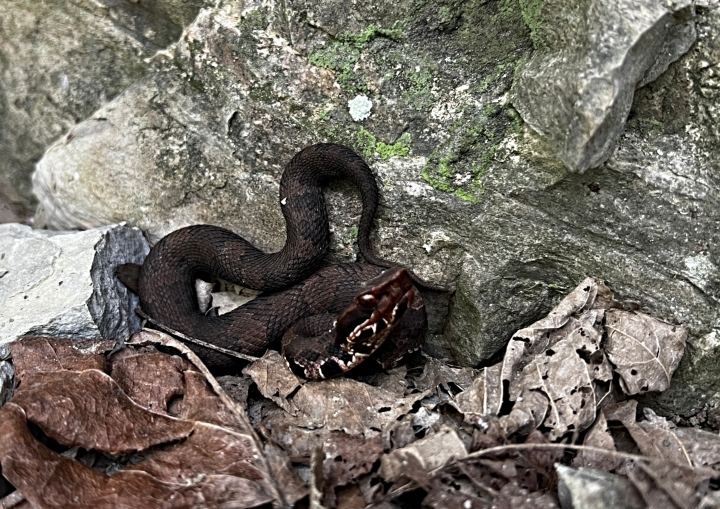
Bird-voiced Treefrog - this is a small species growing to 1-1/8 inches to 1-3/4 inches long. It is usually has a dark, irregular pattern and a pale grey or brown on its dorsal surface, but its color changes with the temperature and its level of activity, and may it sometimes be pale green.
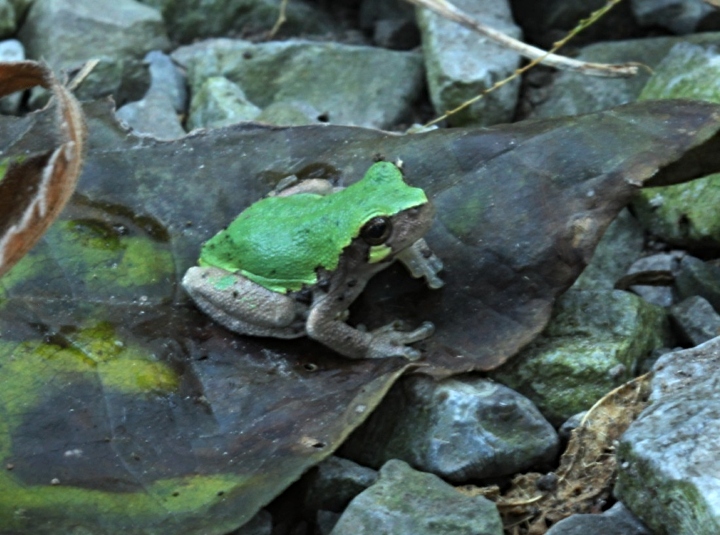
A Cottonmouth crossing Snake Road. The name “cottonmouth” is derived from the snake’s habit of opening its mouth in a defensive posture when it feels threatened. Other names for this snake are “water moccasin” and “trap jaw.”

The Longtail Salamander can be rather attractive, with a ground color that is usually some shade of yellow or orange. It features black spots on its back, sides and legs. The herringbone-like pattern on the tail is the key identifying characteristic to differentiate it from its lookalike – the Cave Salamander.
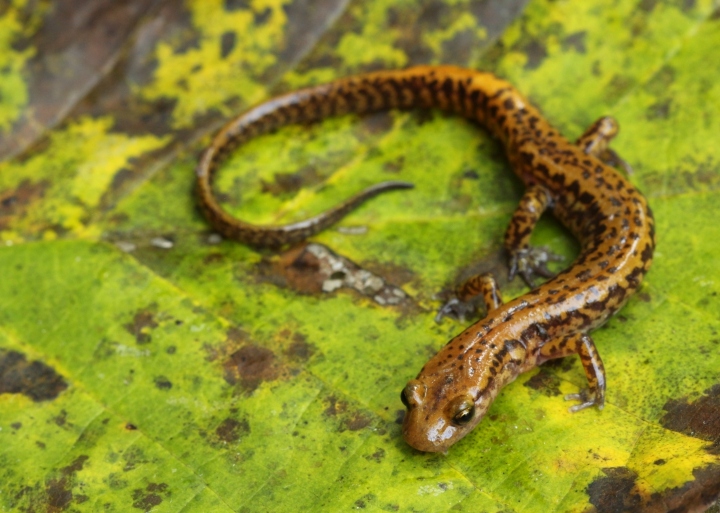
A feisty Black Rat Snake - the 18th (and final) species of snake found on the trip.
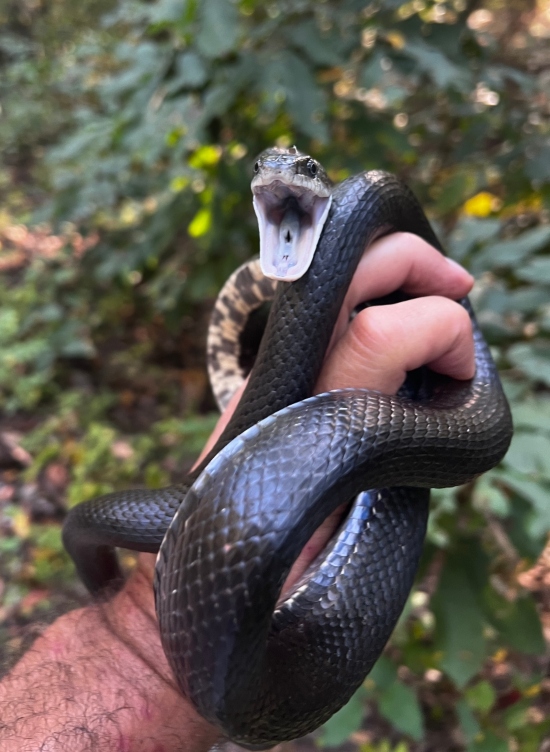
Unlike many insects, Bess Beetles take care of their young. Adults prepare decaying wood for the larvae by chewing and mixing it with saliva.
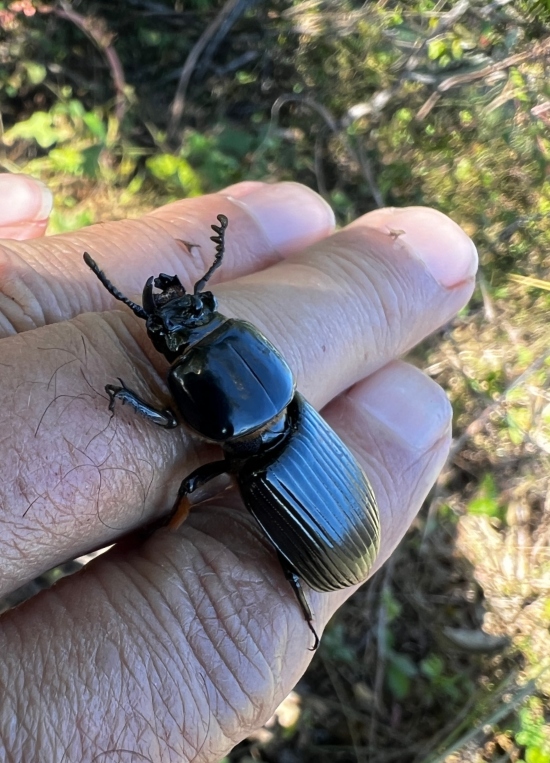
On my way home, I got to help this Eastern Box Turtle cross the road. It was a great trip!
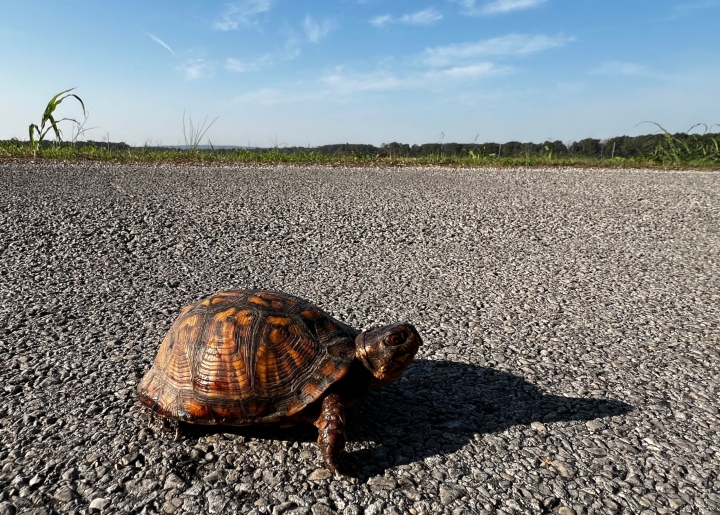
Click here to see photos from 2023
|